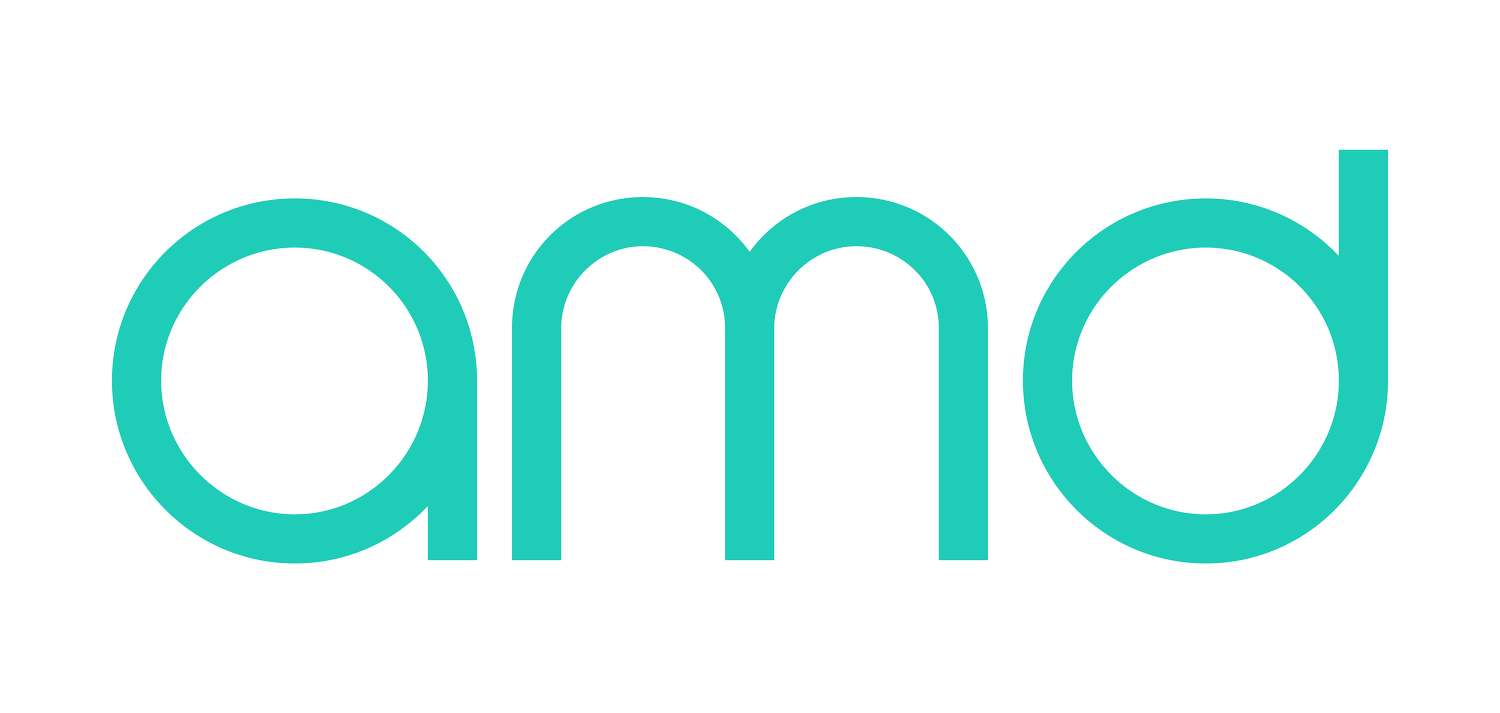File Types 101 | Which File Types Should You Be Using For Your Project?
Whether you’re a college student, a young professional or several years into your career, there’s no doubt that at one time or another, you’ve been asked to send or print a file for a project. When this happens, you may find yourself wondering: what file type should I use? Do I use PNG? How about PDF? Oh, wait I forgot that JPG was an option, too! If you’re not an experienced graphic designer, these choices can seem overwhelming. That’s why AMD has put together this guide to the three most common graphic design file types and when to use them, so that you can impress your clients or managers next time you need to send a project over!
PNG
PNG stands for portable graphics format. It is an uncompressed, raster image format that was developed as a more versatile option to replace GIF. Raster images are composed of pixels (tiny dots), containing unique color and tonal information that come together to create the image. These types of images are resolution dependent, meaning that the number of pixels that make up the image and the number of pixels that are displayed per inch determine the quality of the image.
One of the primary benefits of using the PNG format is that it supports transparency — this allows you to have a transparent background on any file you create instead of a white or neutral color. Compressing a PNG file doesn’t reduce the quality of the image, making it great for web use. PNG files can be used for storing IG graphics, drawings, text etc. They are the best choice for when you need a clean logo with a transparent background or text over other visual elements. When AMD sends you a PNG it is usually either for a social media post or a brand asset, like a logo, that has a transparent background.
JPG
JPG or JPEG (Joint Photographic Experts Group) is commonly used for digital photography files. Since its introduction in 1992, JPG has been the most widely used image compression format in the world. Like PNGs, JPGs are raster images. However, unlike PNGs, JPGs lose some of their quality (unnecessary “information” in the photo) once they are compressed in order to maintain a small file size — this is why they are known as “lossy” images. Once a JPG has been created in a certain file size, it cannot be made larger without becoming blurry.
JPGs are a great option for print or web photos to be used on social media, flyers or posters.
PDF stands for portable document format. This is the file type that you most likely work with on a daily basis. One of the primary advantages of using the PDF format is that they are extremely versatile and can be created, edited and viewed in many different programs. PDFs capture the entirety of the document (text, raster images, vector graphics) and present it in a fixed-layout, flat document. Another benefit to using PDF is that these file types can also contain interactive elements such as layers, video content, and other various data. PDF’s also allow you to add information and elements to the document after it has been downloaded. You can add signatures, dates and other relevant information on various forms when they are downloaded in a PDF format. PDFs are also great options for print projects such as flyers or posters.
AMD is always here to help our clients answer confusing questions such as what file type to use or what file type to ask for when preparing a project for printing. After AMD completes your project, you will receive your work in one of these file types. If it is a branding project, you will receive all three. This ensures that you will have access to your branding assets whether it is for print or digital. PNG will be used most commonly.
While these are the three most common types of graphic design files, this guide only covers a small portion of the many different file types available for use. If you ever have any graphic design related questions, don’t hesitate to reach out!
